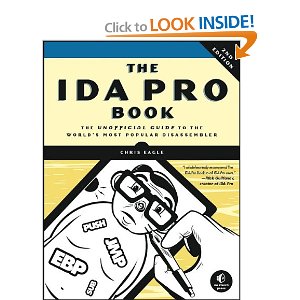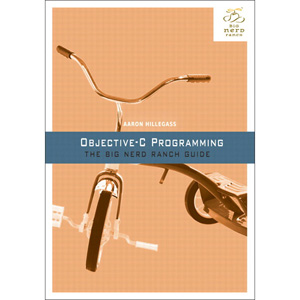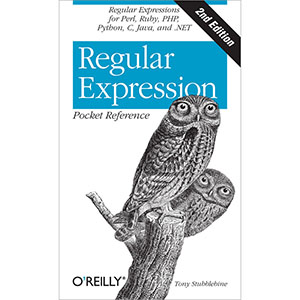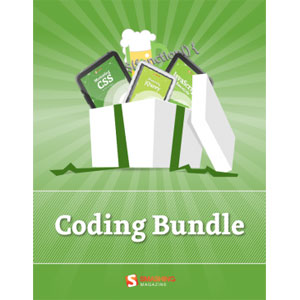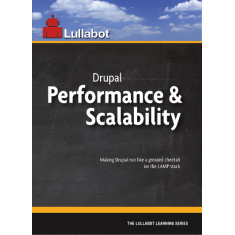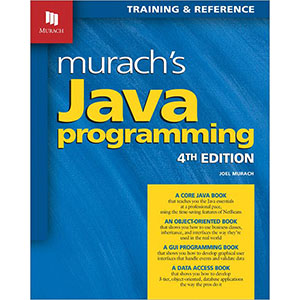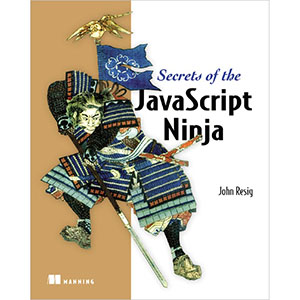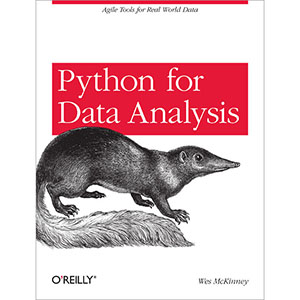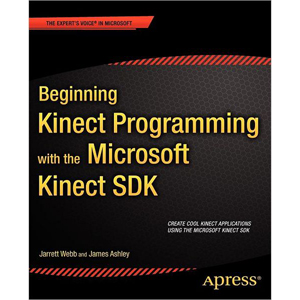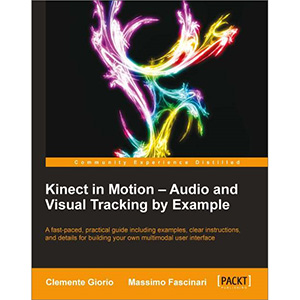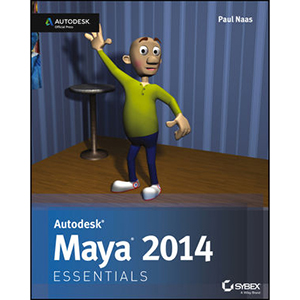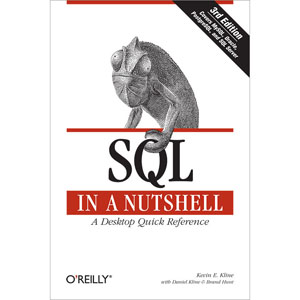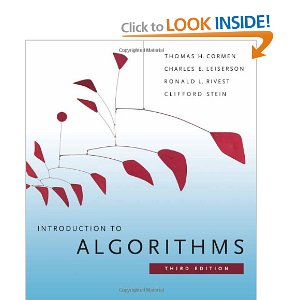The Art of R Programming
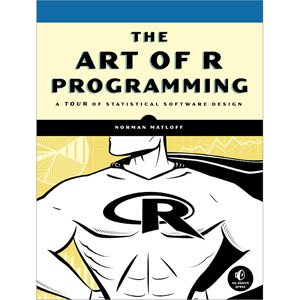
R is the world’s most popular language for developing statistical software: Archaeologists use it to track the spread of ancient civilizations, drug companies use it to discover which medications are safe and effective, and actuaries use it to assess financial risks and keep economies running smoothly.
The Art of R Programming takes you on a guided tour of software development with R, from basic types and data structures to advanced topics like closures, recursion, and anonymous functions. No statistical knowledge is required, and your programming skills can range from hobbyist to pro.
Along the way, you’ll learn about functional and object-oriented programming, running mathematical simulations, and rearranging complex data into simpler, more useful formats. You’ll also learn to:
- Create artful graphs to visualize complex data sets and functions
- Write more efficient code using parallel R and vectorization
- Interface R with C/C++ and Python for increased speed or functionality
- Find new packages for text analysis, image manipulation, and thousands more
- Squash annoying bugs with advanced debugging techniques
Whether you’re designing aircraft, forecasting the weather, or you just need to tame your data, The Art of R Programming is your guide to harnessing the power of statistical computing.
Review
From the Author: Why Use R for Your Statistical Work?
As the Cantonese say, yauh peng, yauh leng, which means “both inexpensive and beautiful.” Why use anything else?
R has a number of virtues:
- It is a public-domain implementation of the widely regarded S statistical language, and the R/S platform is a de facto standard among professional statisticians.
- It is comparable, and often superior, in power to commercial products in most of the significant senses — variety of operations available, programmability, graphics, and so on.
- It is available for the Windows, Mac, and Linux operating systems.
- In addition to providing statistical operations, R is a general-purpose programming language, so you can use it to automate analyses and create new functions that extend the existing language features.
- R includes a library of several thousand user-contributed packages.
- It incorporates features found in object-oriented and functional programming languages.
- R is capable of producing beautiful graphics for your presentations, reports or articles.
Book Details
- Paperback: 400 pages
- Publisher: No Starch Press (September 2011)
- Language: English
- ISBN-10: 1593273843
- ISBN-13: 978-1593273842
